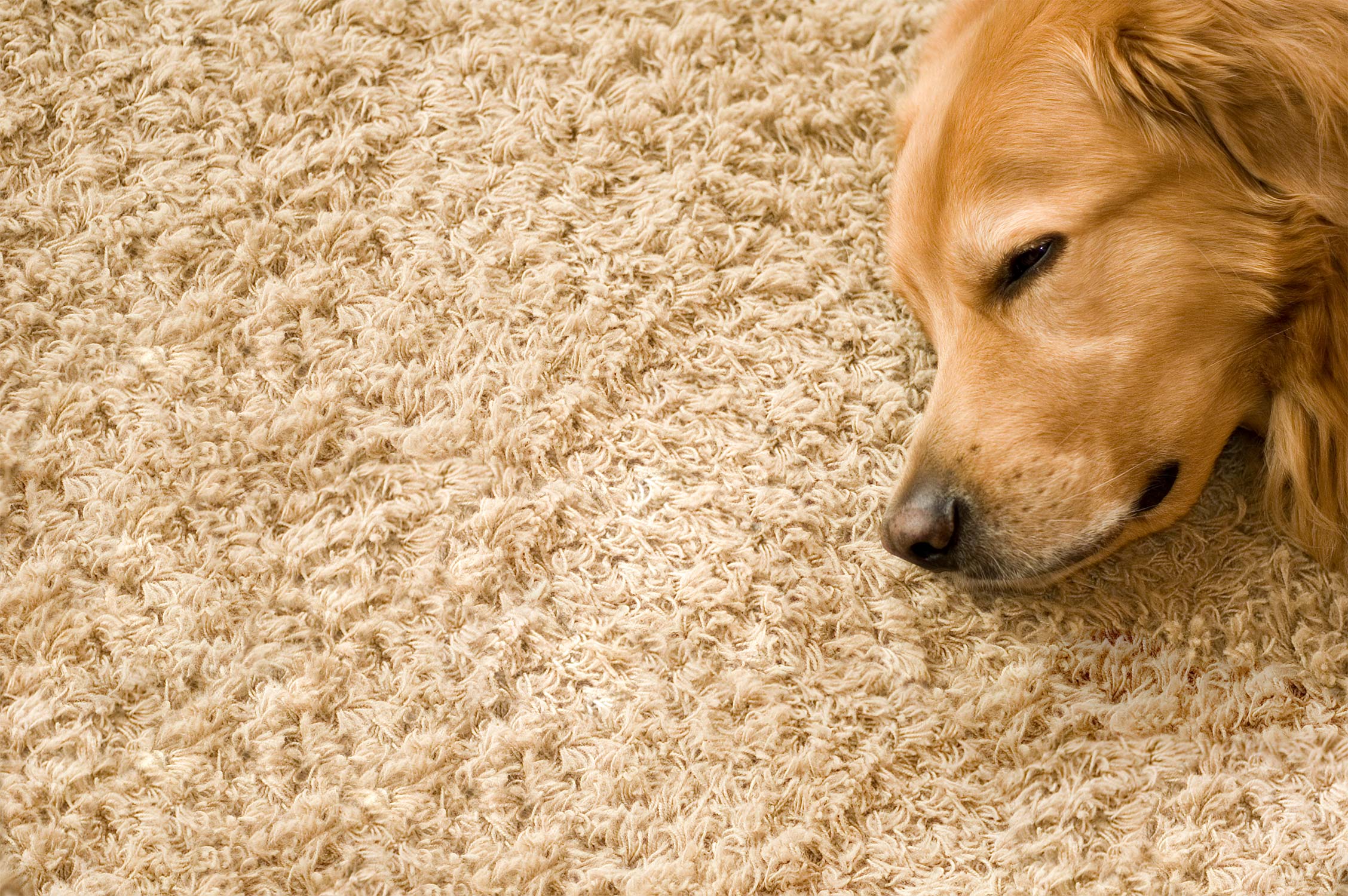The Key to Flea-Free Homes

With so many Americans working from home, as well as students starting at-home learning, some pest control business owners expect to see an increase in flea control calls. According to the PCT 2020 State of the Flea Market report, about a fifth of PMPs, 21 percent, expect to see a flea outbreak due to the effect of stay-at-home lifestyles.
Since people and pets are home all day, likely spending more time outdoors, there are countless opportunities for them to pick up fleas and bring them into the house. Now more than ever, pest management companies can work alongside homeowners to help effectively treat flea infestations.
Before Treatment: The Customer’s Role
Aside from knowing they don’t want them in their homes, homeowners tend to not know much about fleas. PMPs should work with their clients to educate them on the necessary steps they should be taking before treatment to help eradicate these insects.
- Suggest that homeowners take all their pets to the veterinarian or groomer during the time technicians are treating the home.
- Instruct clients to vacuum several times a day for several days to remove eggs, larvae, and feces. Also remind them to vacuum all rugs, drapes, upholstered furniture, mattresses, and cushions. It’s important to seal and discard the vacuum bag outside after cleaning.
- Have homeowners wash or dispose of all pet bedding and clear their bowls and toys, as well as any other items on the floor.
- Clients should clear and clean all floors, and mop all tile and vinyl floors.
A Flea-Free Protocol Program: Time to Treat
PMPs almost universally say insect growth regulators (IGRs) are their go-to product when treating for fleas. In addition to incorporating IGRs into service protocols, a big part of treating fleas successfully is identifying the source of the infestation.
- Determine where fleas are coming from. PMPs generally find that fleas are carried into yards and homes by wildlife. Also, technicians should ask homeowners where their pets sleep, rest and eat.
- Check the attic and crawlspace in addition to the usual flea hiding places.
- To help prevent pre-adult fleas from maturing into breeding, biting adults, use Precor® IGR Concentrate. The IGR penetrates and migrates deep into flea hot spots like the base of carpet fibers and between furniture cushions. This IGR also feature up to seven months of control against future flea infestations, allowing PMPs to reduce callbacks and avoid multiple home visits.
- Remind your technicians to treat under baseboards as fleas like to harbor and will lay eggs there.
Post-Flea Treatment: Now What?
It is important to have technicians educate customers on what the service entailed but to also share expectations as to what they are accountable for after your technicians leave. Since pupae may continue to develop and emerge from their cocoons for several days or weeks, customers should continue to vacuum for 2-3 weeks at intervals of 3-4 days. The vacuum’s mechanical pressure will improve the effectiveness of the insecticide. To learn more helpful homeowner tips and how you can reduce callbacks, check out our Flea Treatment Brochure.
Download Flea Treatment Brochure
The Best Tools for the Job
The Precor® product line from Zoëcon offers solutions to rid homes of the fleas you can see and those you can’t. Formulated with the insect growth regulator (S)-methoprene, the Precor® family of products effectively breaks the flea life cycle and prevents future populations by providing long-term residual control in both aerosol and liquid formats.







